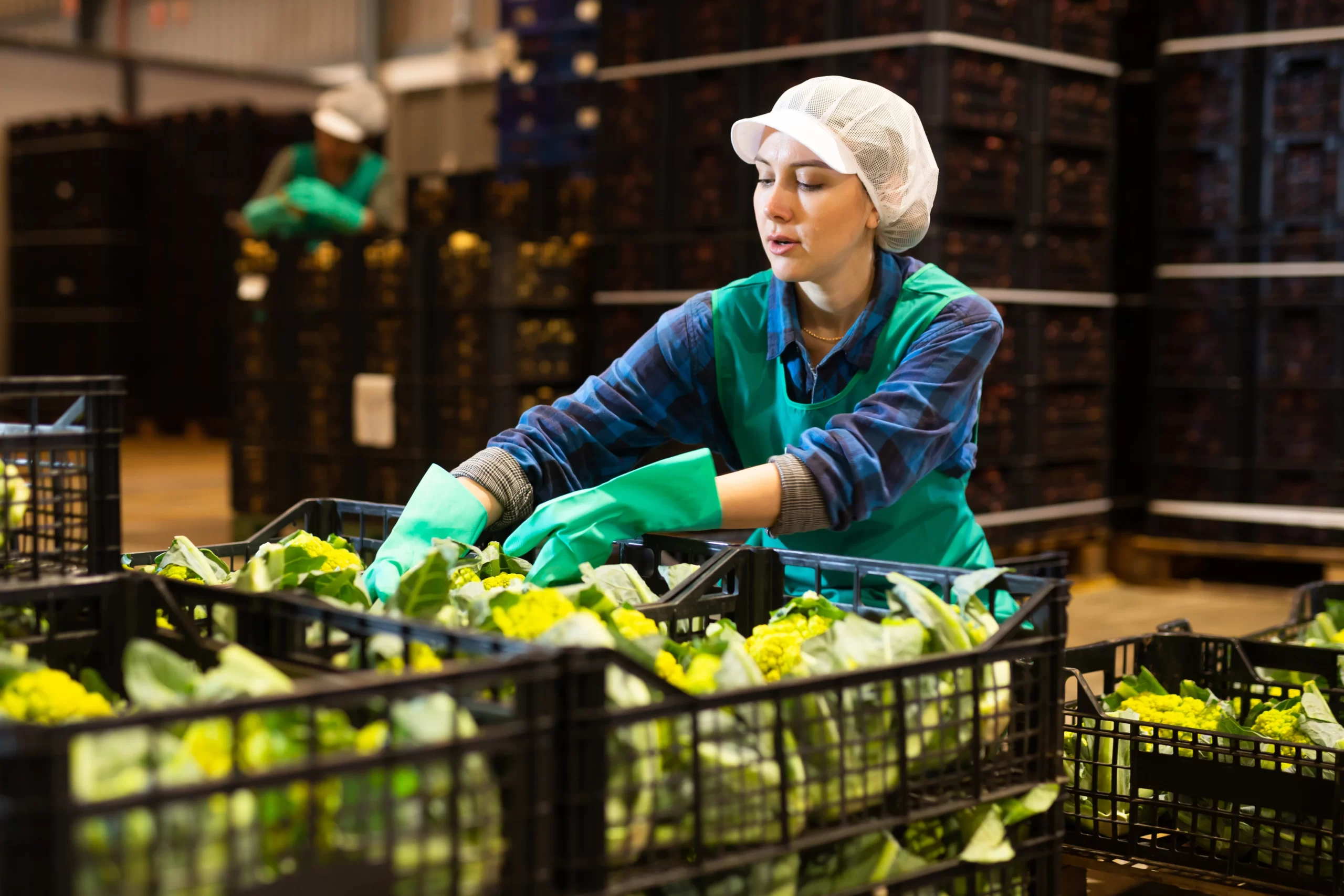In the highly competitive restaurant industry, success often hinges on more than just the quality of food served or the ambiance of the dining space. One critical yet often overlooked aspect is the procurement of food supplies. Far from being a routine operational task, purchasing ingredients can be viewed as a strategic investment that directly impacts profitability, customer satisfaction, and long-term growth.

The Importance of Smart Procurement
For restaurant owners and managers, sourcing ingredients isn’t merely about filling shelves and refrigerators; it’s about making informed decisions that align with the establishment’s goals. Every dollar spent on supplies represents an opportunity to enhance the dining experience, streamline operations, and maximize margins. When approached strategically, food procurement becomes an investment rather than an expense.
Building Strong Supplier Relationships
One of the cornerstones of effective procurement is cultivating strong relationships with suppliers. Reliable suppliers ensure consistent quality and timely deliveries, which are essential for maintaining operational efficiency. By investing time in selecting trustworthy partners, restaurants can reduce the risk of disruptions caused by subpar ingredients or delayed shipments. Furthermore, long-term partnerships often lead to favorable pricing terms and exclusive access to premium products, giving establishments a competitive edge.
Prioritizing Quality Over Cost
While cost management is crucial, prioritizing quality over price is a hallmark of successful restaurants. High-quality ingredients not only elevate the taste and presentation of dishes but also contribute to customer satisfaction and loyalty. Investing in superior produce, meats, and other staples may involve higher upfront costs, but the returns—in the form of repeat customers and positive word-of-mouth—far outweigh the initial expenditure.
Embracing Sustainability
Today’s consumers are increasingly conscious of environmental and ethical issues. By sourcing sustainable and locally produced ingredients, restaurants can appeal to this growing demographic while contributing positively to their communities. Sustainable procurement practices, such as reducing food waste and supporting local farmers, not only enhance a restaurant’s reputation but also create opportunities for collaboration and innovation.
Leveraging Technology
Modern technology offers tools that transform traditional procurement into a data-driven process. Inventory management systems, for example, help track usage patterns, identify trends, and optimize order quantities. This not only minimizes waste but also ensures that funds are allocated efficiently. Additionally, online platforms connect restaurants with a broader network of suppliers, enabling them to compare prices, negotiate better deals, and discover unique products.
Strategic Menu Planning
Another way to view procurement as an investment is through thoughtful menu planning. By designing menus around seasonal availability and bulk purchasing opportunities, restaurants can save money while offering fresh and exciting options to patrons. Analyzing sales data helps identify popular items and eliminate underperforming ones, ensuring that every ingredient purchased contributes to revenue generation.
Risk Management and Contingency Planning
The global supply chain has faced unprecedented challenges in recent years, underscoring the importance of contingency planning. Diversifying suppliers and maintaining a buffer stock of essential items safeguard against unforeseen disruptions. Though these measures require additional investment, they protect the business from potential losses during crises.
Conclusion
Purchasing food supplies for a restaurant is much more than a logistical necessity—it’s a strategic investment that shapes the establishment’s identity, financial health, and market position. By focusing on supplier relationships, quality, sustainability, technology, menu planning, and risk management, restaurateurs can turn procurement into a powerful tool for growth. In doing so, they not only secure the future of their businesses but also enrich the dining experiences of their valued customers.




